When the moisture suspended in warm air comes in contact with a cold surface, the water vapor condenses back into its liquid state. This is why a cold glass of water left under the sun appears to “sweat”. Condensation happens whenever there’s a difference in temperature between two objects. With windows, this is a completely normal occurrence, although it’s understandable how it might cause some alarm.

Condensation in windows means that your weatherproofing seals are working as they should. However, if you want to minimize its effects, there are a few steps you can take.
Reducing HumiditySome daily activities can increase the relative humidities inside your home. Cooking, taking a shower and even washing your hands can all contribute to the amount of moisture indoors. This could lead to increased amounts of condensation on your windows. There’s no way to avoid doing certain activities, but there are ways to reduce the amount of water vapor they release in the air. Dryers and washers can be vented so that the extra moisture is directed outdoors. Similarly, consider proper ventilation in your attic and crawlspace to further lower your indoor humidity.
Vapor BarriersMaintaining your home’s thermal envelope includes protecting it against the increased levels of moisture retained in your crawlspace. Vapor barriers help reduce the vapor pressure that can force water molecules through your home’s walls, whether it’s made of wood, vinyl or concrete. Vapor pressure is one of the biggest sources of condensation in any home.
At Illinois Energy Windows & Siding, Inc., we are your leading provider of high-quality and energy-efficient replacement windows, doors, siding and more. Give us a call at (630) 627-9200, or fill out our online contact form. Our representatives will be more than happy to schedule you an appointment for a free, no-obligation consultation. We serve homeowners in Glencoe, Darien, Highland Park and other neighboring areas.
Tags
Subscribe to Illinois Energy Windows & Siding's Blog




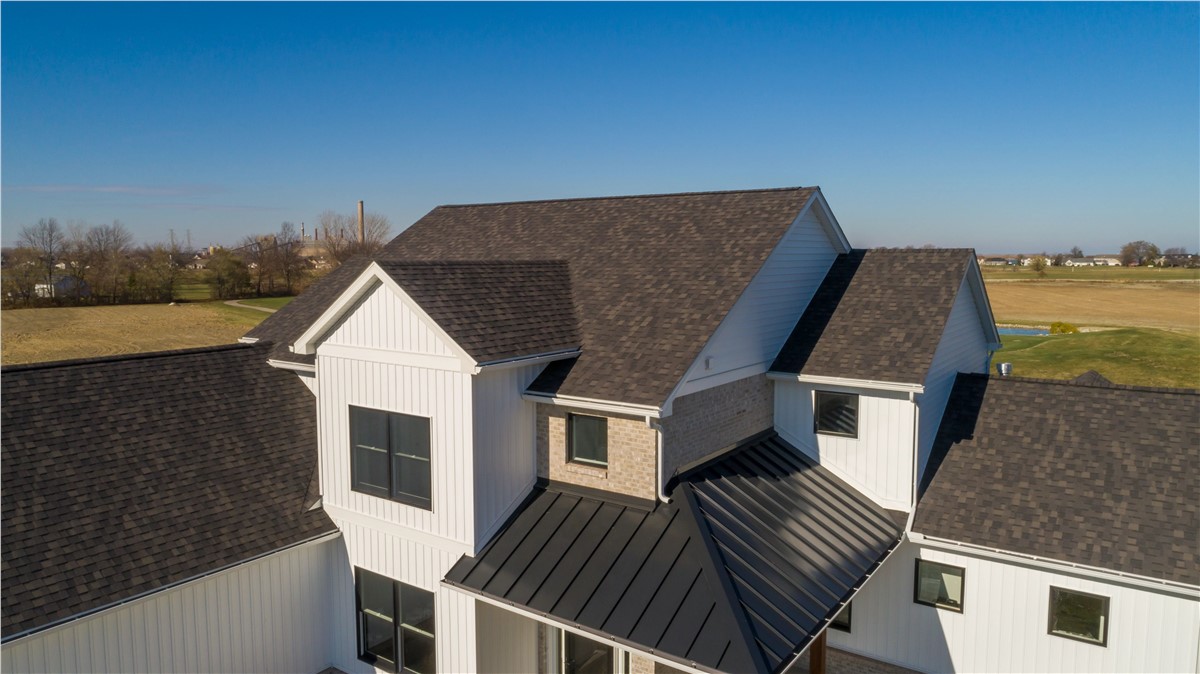
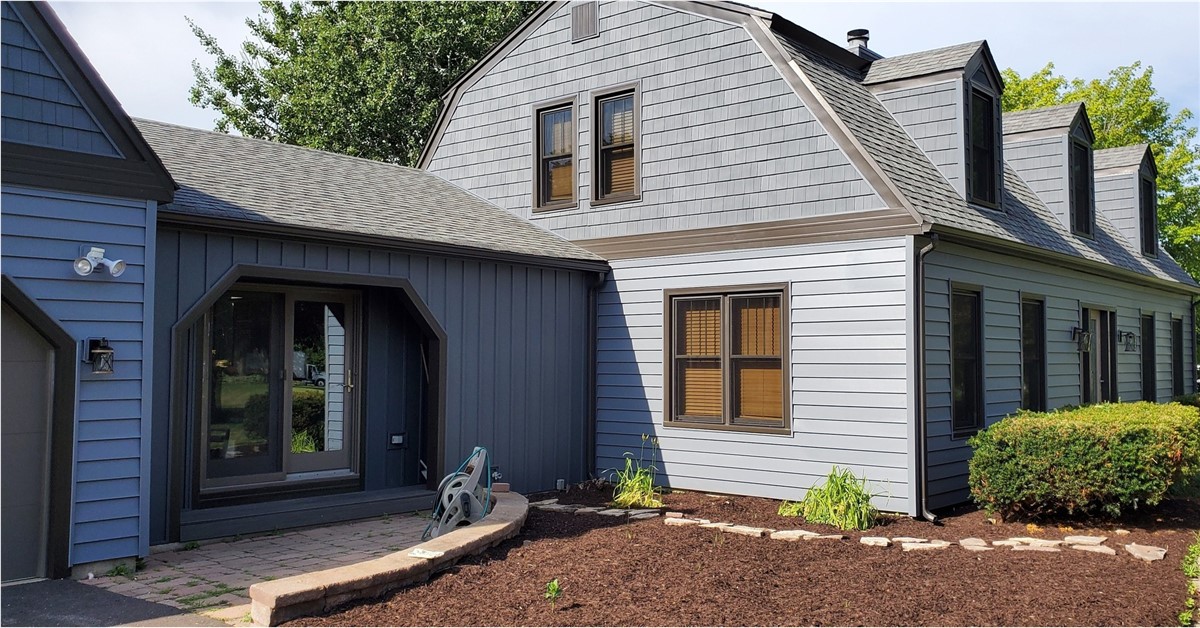
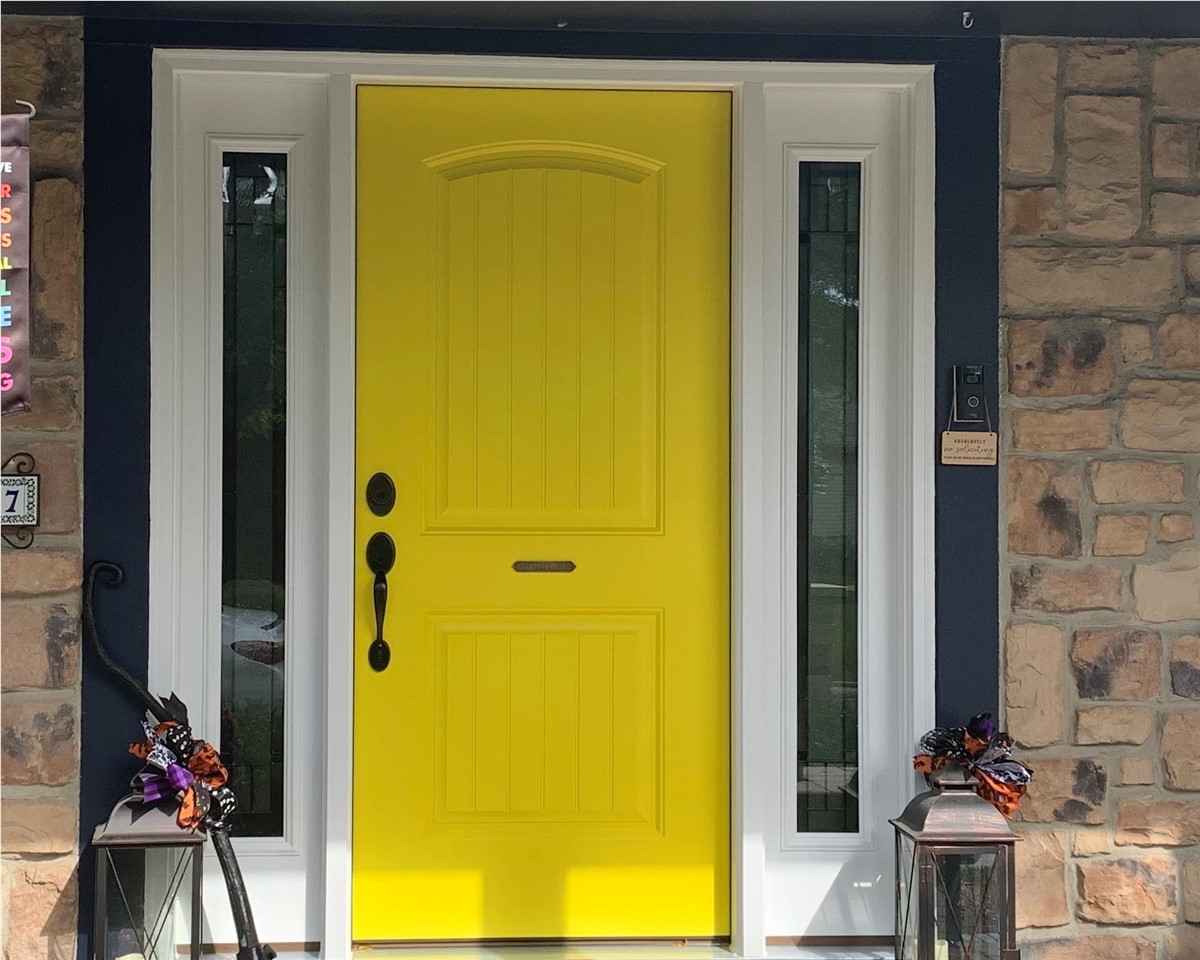
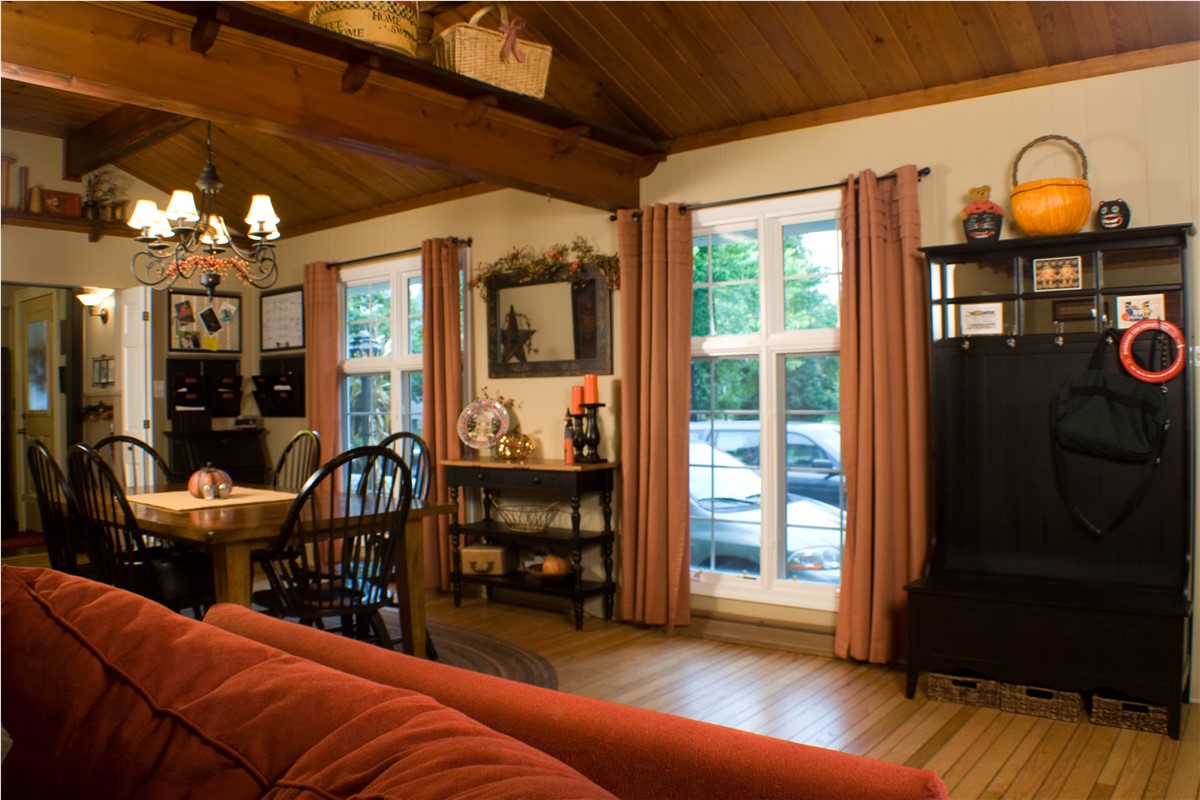
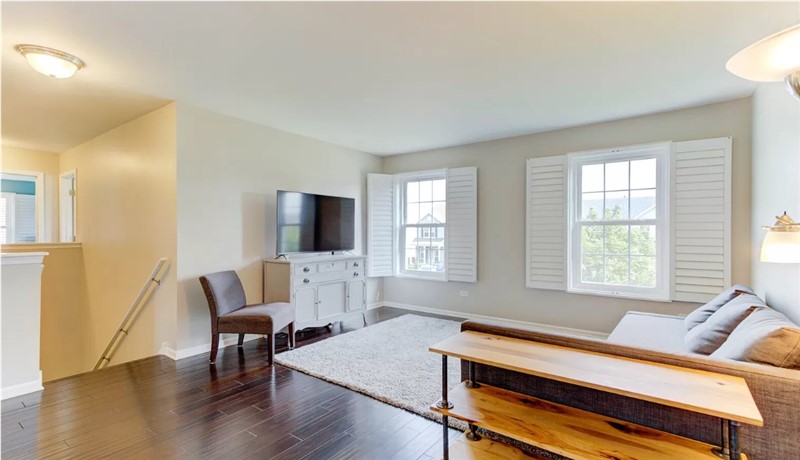
Comments